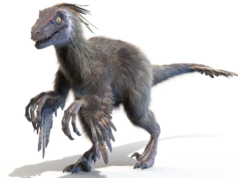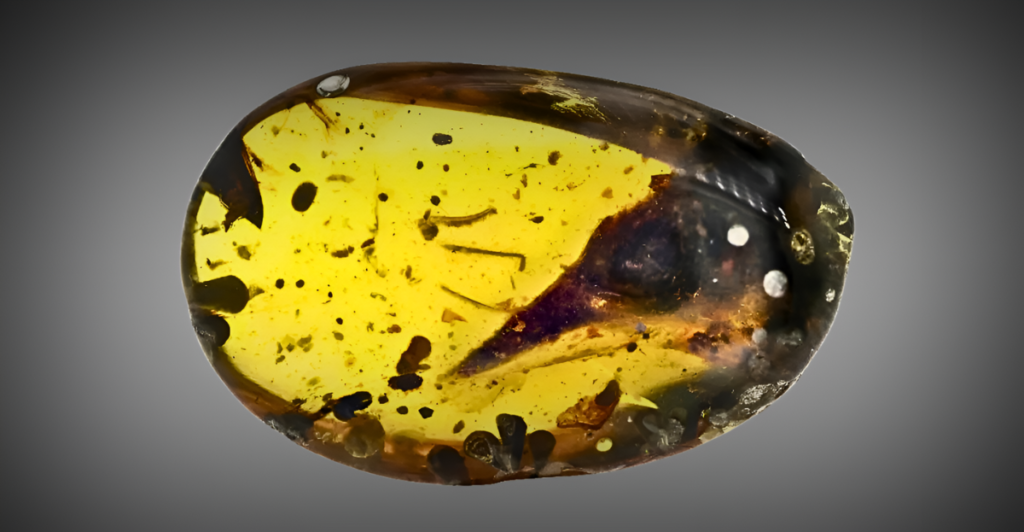
In 2020, scientists unveiled what appeared to be the smallest dinosaur ever discovered—a hummingbird-sized skull perfectly preserved in 99-million-year-old Burmese amber. Named Oculudentavis khaungraae, it seemed to rewrite our understanding of dinosaur evolution and miniaturization.
However, excitement quickly turned to scrutiny, and then skepticism. Further research revealed troubling inconsistencies, ultimately leading to a reclassification that stunned the paleontological community.
What began as a triumph of ancient discovery evolved into a cautionary tale of scientific misjudgment, ethical ambiguity, and the limits of morphology. This is the story of how one fossil challenged our assumptions—and uncovered a 100-million-year-old identity crisis.
The Discovery That Shook Paleontology

A stunning skull no longer than half an inch, embedded in golden Cretaceous amber, mesmerized paleontologists. Oculudentavis khaungraae was discovered in northern Myanmar, and a study published in the journal Nature described it as a hummingbird-sized toothed avian dinosaur.
Its bird-like snout, pointed jaw, and enormous eye sockets indicated an avian ancestry, leading scientists to believe that they had found evidence of extreme dinosaur miniaturization and a possible glimpse into bird evolution.
At first, the fossil seemed to bridge a gap between small, non-flying dinosaurs and modern birds—until, upon further research, these same bird-like features proved misleading and not evidence of evolution.
Close-Up Examination Reveals Anomalies

Shortly after the study was published, paleontologists began challenging its findings. The jawbone showed teeth implanted directly into the skull, a feature rare in birds but usual in squamates—lizards and snakes.
In addition, the dome-like cranium lacked important openings present in birds, such as the antorbital fenestra. The eyes, which were presumed to be bird-like, had scleral rings akin to nocturnal lizards rather than diurnal birds.
Researchers identified these inconsistencies using CT scans and began questioning the original classification. What had seemed like avian innovation now seemed like convergent evolution. Was Oculudentavis a bird after all—or had scientists been misled by looks alone?
Retraction and Reclassification
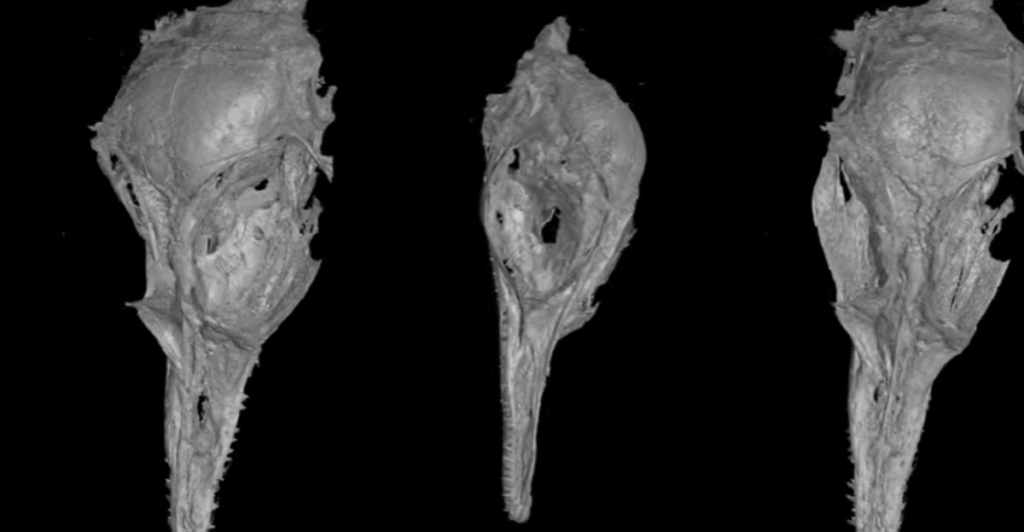
The original study’s authors initially defended their findings, but mounting evidence—and the discovery of a second, more intact specimen known as Oculudentavis naga—forced a retraction.
This new fossil possessed tell-tale lizard traits: scales, a stronger jaw structure, and no feathers. The study was retracted by the journal Nature, and Oculudentavis was reclassified not as a dinosaur but rather as a very unusual squamate.
However, it is important to note that retractions in science are not failures; they’re course corrections. The reclassification allowed scientists to shift their thinking from dinosaur miniaturization to reptilian evolution, transforming Oculudentavis into a new mystery: a lizard that looked incredibly like a bird.
The Oculudentavis Species

The discovery of Oculudentavis naga came with notable differences from Oculudentavis khaungraae. Scientists analyzed both specimens and concluded that they were two separate animals from the same species.
While both species were small in size, O. naga had a shorter, wider snout and a flat skull roof compared to O. khaungraae’s vaulted cranium. Additionally, O. naga had a longer squamosal bone projection in its skull and a more rectangular opening in its palate, while O. khaungraae’s was more heart-shaped.
These morphological variations led scientists to question what type of lizard Oculudentavis was, since the new study could not conclusively confirm how this new species relates to other lizards.
Unveiling Differences Through Advanced Imaging
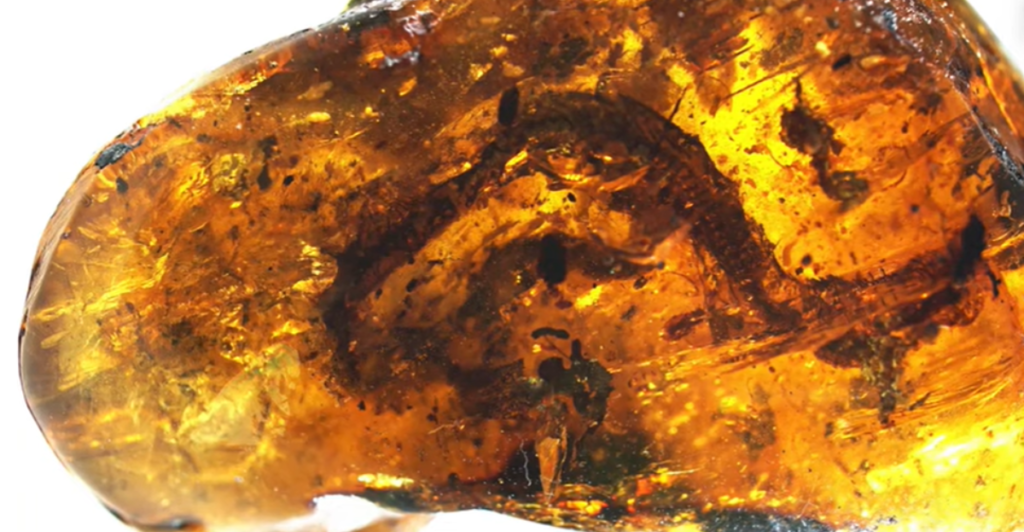
Their dissimilarities were discovered through high-resolution computed tomography (CT) scans. The non-invasive process allowed scientists to digitally compare and reconstruct the intricate cranial features of both fossils.
This was revealed that O. khaungraae’s skull had been compressed during fossilization, giving it a false bird-like appearance. In contrast, O. naga’s skull was less distorted and retained more natural lizard-like characteristics.
The use of this technology in this case emphasizes the importance of applying state-of-the-art imaging in paleontology so scientists can correctly classify new discoveries and correct past mistakes while increasing their understanding of ancient life.
The Role of Amber in Fossil Preservation

Amber is a double-edged sword in paleontology. Its resinous nature perfectly preserves minute details—cells, skin impressions, and even eyeballs—but also deforms specimens. As tree resin flows and hardens over thousands of years, it squishes and disfigures organic matter.
The Oculudentavis skull may have undergone just such deformations, leading scientists to mistake structural deformities for anatomical ones. This shows that even high-fidelity preservation can be misleading.
Amber is both a gift and a trickster, offering pristine windows into past ecosystems but sometimes also warping the truth. In this case, nature’s clarity proved incomplete, and human interpretation filled in the blanks.
Implications for Paleontological Practices
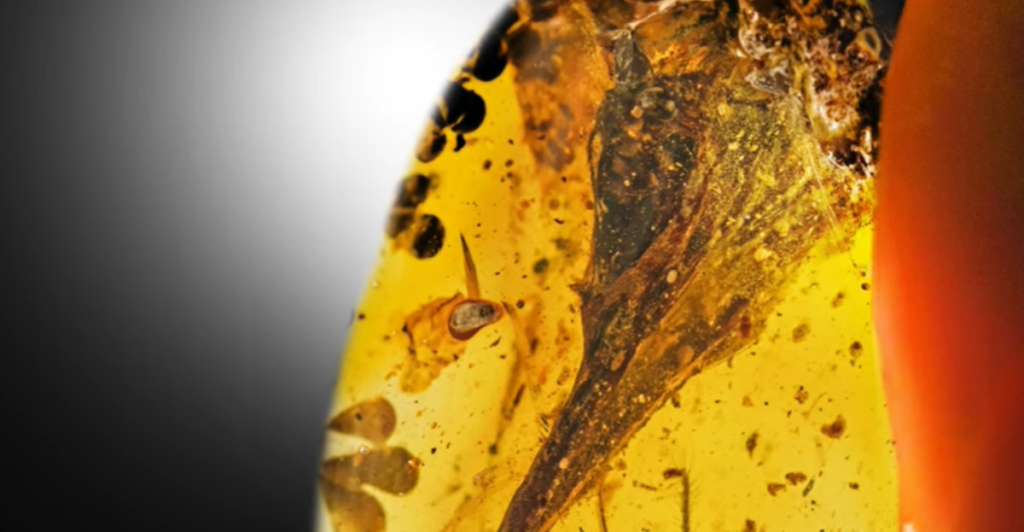
The Oculudentavis debacle is a crash course in scientific humility, illustrating how much paleontology relies on inference, especially when specimens are deformed or fragmented. The reliance on skull shape and CT scans led to assumptions.
However, the scientific community responded correctly: They were open to criticism, independent review, and eventual retraction. However, this also exposed the pitfalls of rapid publication and media-driven hype.
This discovery of a new species and the unfortunate retraction highlights the importance of proper scientific review. It is a lesson for us all to slow down, embrace multi-disciplinary reviews, and challenge uncertainty.
The Intersection of Science and Media

While the media initially touted Oculudentavis as a scientific marvel, coverage decreased after the story unraveled, and the correction hardly registered in the news cycle.
As a society, we crave breakthrough announcements, not the slow process of study and error correction. But it is in that study and course correction that real science is accomplished. On the other hand, scientists are also complicit as studies are increasingly published and sensationalized before peer reviews can confirm or dispute findings.
The lesson here isn’t simply one of accuracy—it’s one of accountability. All findings need room for doubt, especially when presented as media fodder.
Lessons Learned and the Path Forward
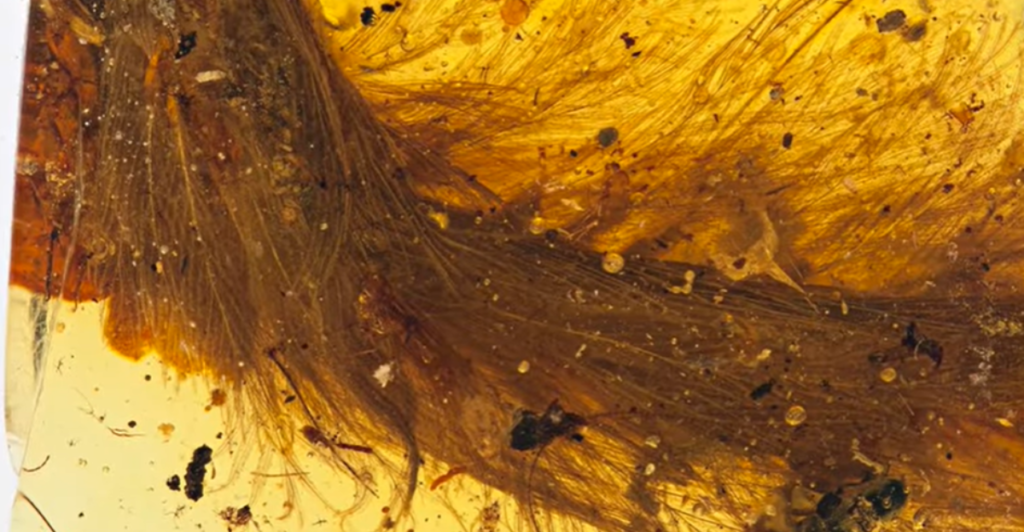
The story of Oculudentavis is not one of failure, but rather one of scientific advancement. From flagrant misidentification to thoughtful reclassification, it illustrates science’s greatest strength: its ability to correct itself.
Paleontological research in the future calls for more cautious, painstaking analysis and open collaboration. While media sensationalism must be tempered.
Perhaps most of all, Oculudentavis reminds us that even the clearest fossilized image can conceal an age-old secret.
Explore more of our trending stories and hit Follow to keep them coming to your feed!

Don’t miss out on more stories like this! Hit the Follow button at the top of this article to stay updated with the latest news. Share your thoughts in the comments—we’d love to hear from you!



